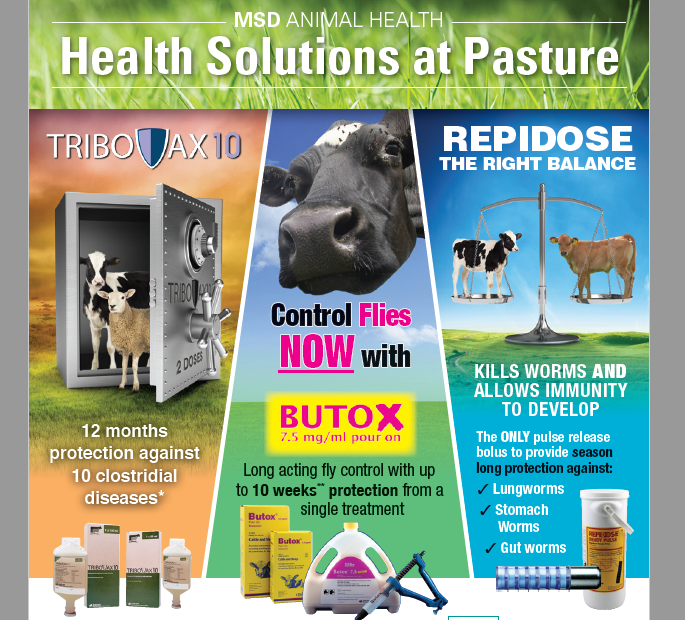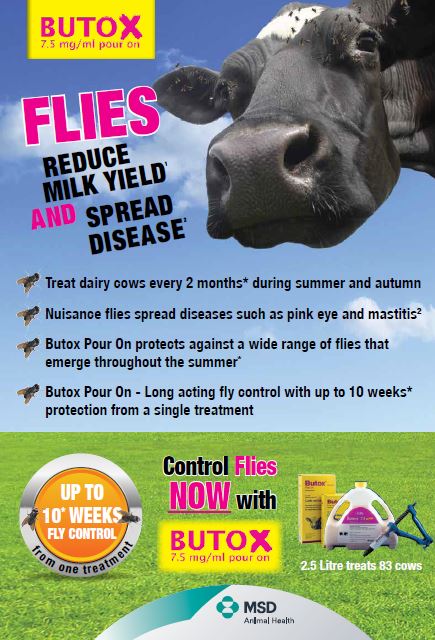
WATCH: Get your Cattle Ready for Summer Grazing – Bovilis
As the Summer months approach, its time to consider protecting your cattle ahead of the grazing period. With that, we have administration videos for some
Read more about WATCH: Get your Cattle Ready for Summer Grazing – Bovilis






